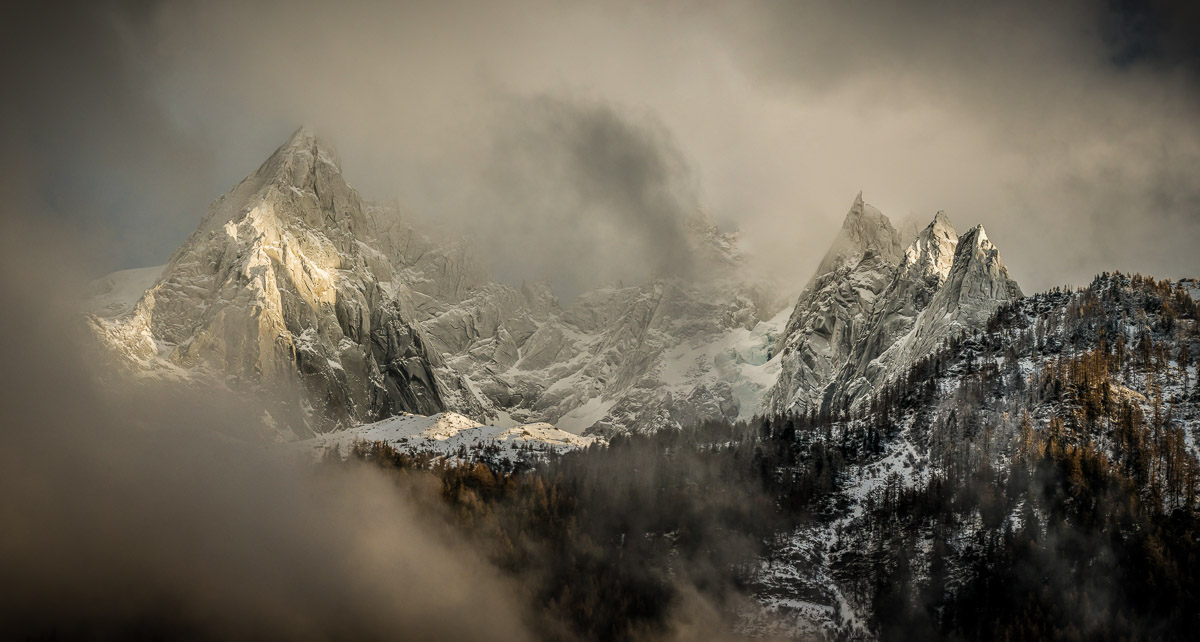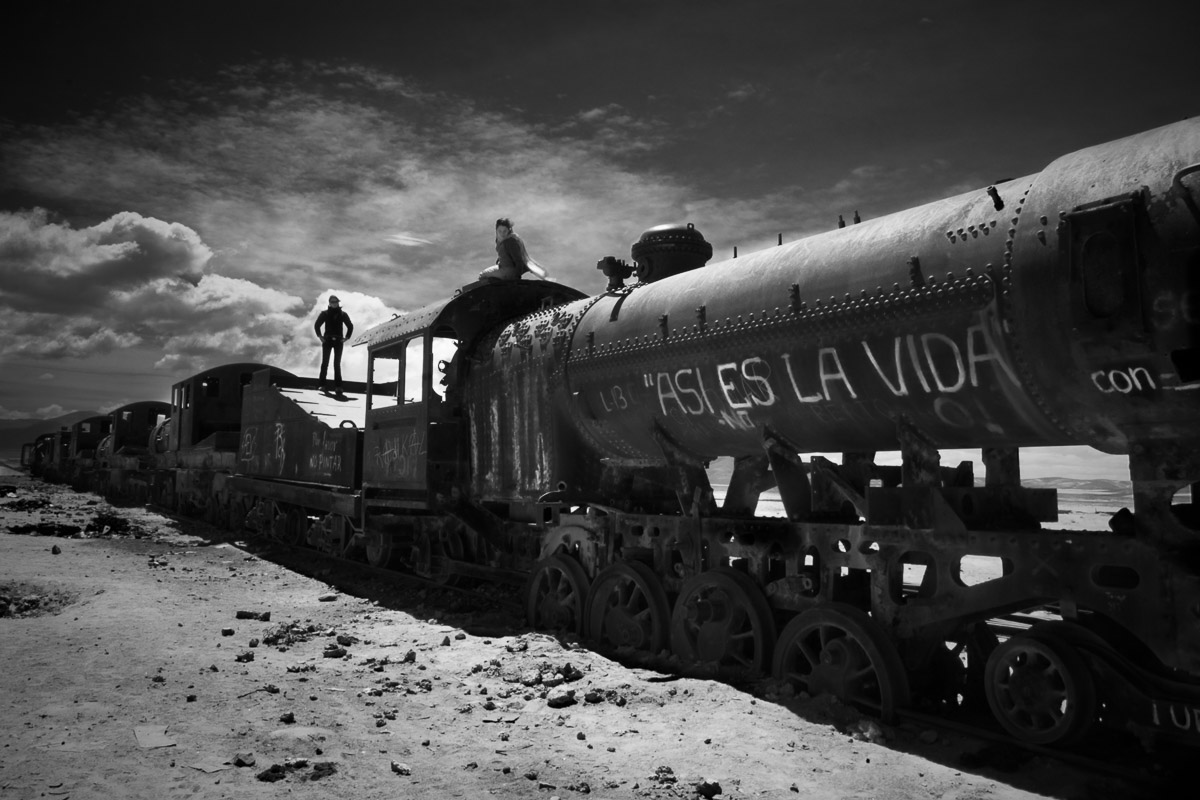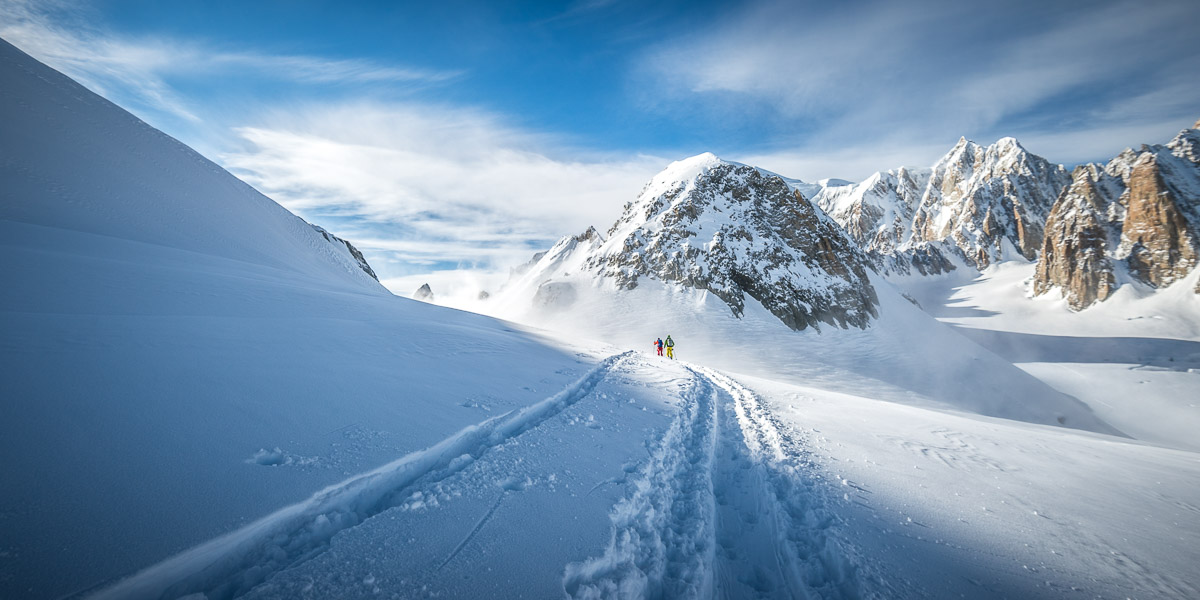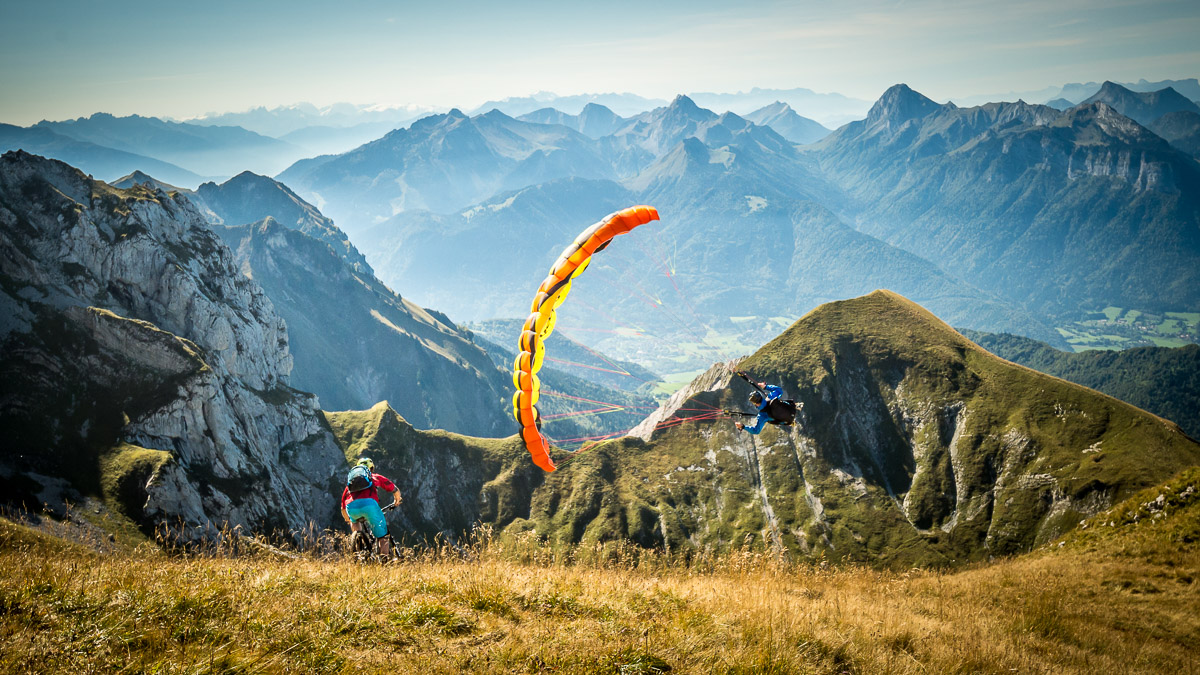Intro to Photography Class
Better known as Reddit Photoclass
19 – RAW vs. JPG
One of the defining differences between low and high end digital cameras is the ability to shoot raw files instead of the usual jpg. To really understand what the difference between the two types of file is, we need to go back to the components of a camera. As you may remember from that lesson, a digital sensor is only a grid of photo sensitive receptors, and the result of an exposure is just a big bunch of numbers corresponding to the light level recorded at each pixel. This does not make a visible image yet, as a number of steps are still required before it can be viewed. In particular, obtaining colour information for each pixel needs a process called demosaicing, but you also need to apply white balance, a contrast curve, sharpening, saturation and possibly some other treatments, for instance noise reduction.
There are two ways to perform this. You can either let your camera do it for you, with minimal input, resulting in a file ready to be viewed, usually in the standard jpg format. Alternatively, you can tell the camera to do as little as possible and perform each step yourself at a later point, with dedicated software.
JPG has the obvious advantage of simplicity. There is no need to spend additional time in front of a computer. In this sense, it can be viewed as an extension of the auto mode, which definitely has its uses.
Another point is that the manufacturers designing the image processing pipeline know the camera internals best, which (at least in theory) enables them to get the most out of the sensor.
Raw, on the other hand, is a complex beast and will require additional effort from the photographer. There are, however, significant benefits: since you have manual control, you can get the absolute best of your file, and have much more latitude to adjust the image to your personal vision without a degradation in quality.
In particular, you can set white balance, contrast, saturation and sharpening to any value you desire in post-processing, allowing you to experiment and evaluate precisely the consequences of each decision. There is also much more leeway for exposure, with the ability to recover about half a stop of details in highlights and shadows compared to a jpg.
RAW files are much bigger than their equivalent jpg brothers, and they also come in proprietary formats – a source of big concern to many photographers. A standard exists, called DNG, and there are tools available to convert your raw files to DNG, but sadly, as of 2010, Pentax is the only major manufacturer to allow shooting directly in DNG.
Since the whole point of raw files is that they are not directly viewable, you will need dedicated software, called a raw converter. This can be a major hassle if the converter is not well integrated in your library software, but if you use modern software such as Adobe Lightroom or Apple Aperture, the raw conversion step should be perfectly transparent and will require no extra effort on your part. We will discuss these issues in more detail in a later lesson.
Whether you should shoot raw or jpg is one of the big issues of digital photography, and very strong opinions exist on both sides. What it comes down to is what your ultimate goal is: if you need to produce volume and want to reduce post-processing time to a minimum, then well calibrated jpg should be satisfactory. If on the other hand you care about getting the best possible image quality and are willing to spend at least some time in front of a computer, then use raw.
I would go a little bit further, and advise any new photographer to shoot raw unless they have a good reason to use jpg. The big advantage is that, like with film negatives, you can always come back to your old files with new software, new experience and new vision and reprocess them to better results.
Generally speaking, it is well worth spending the time (and money) to learn how to incorporate raw into your image workflow (which, again, we will cover later).
4 Comments
-
-
bczxqm
-
5kzzzr
-
lgqgrj




For editing purpose, I choose RAW over JPEG, for me this thing matter a lot. thank you for this beautiful explanation 😉